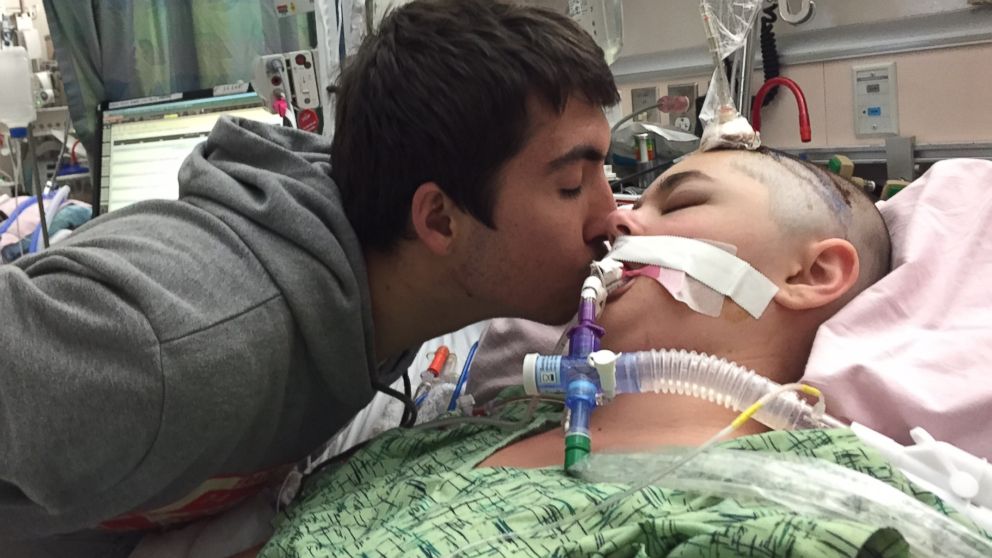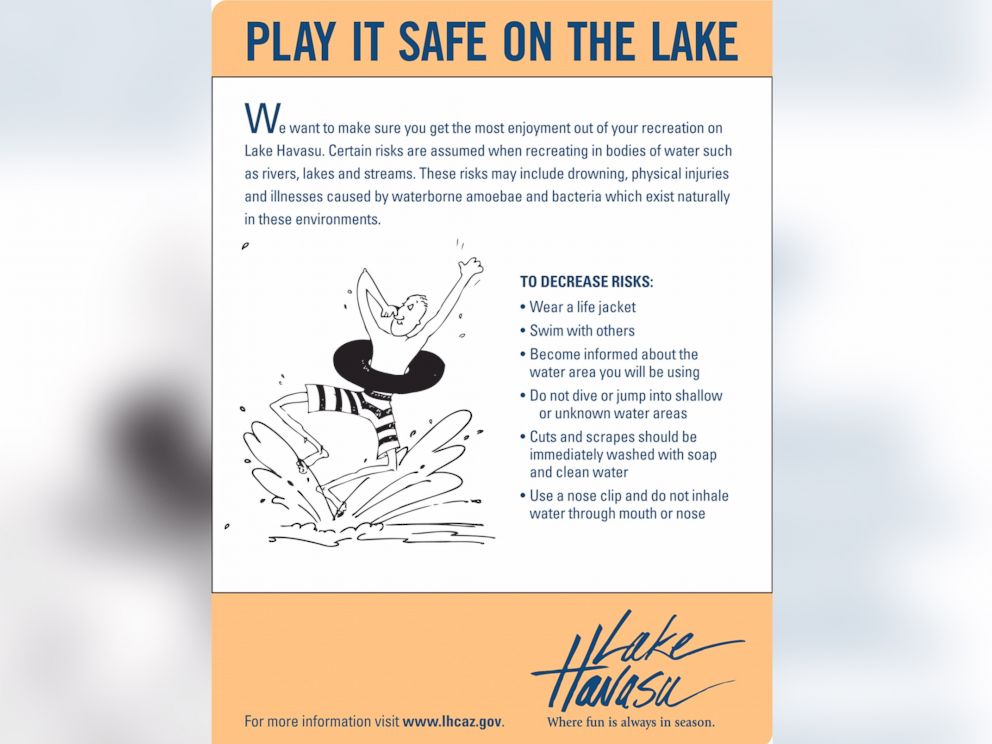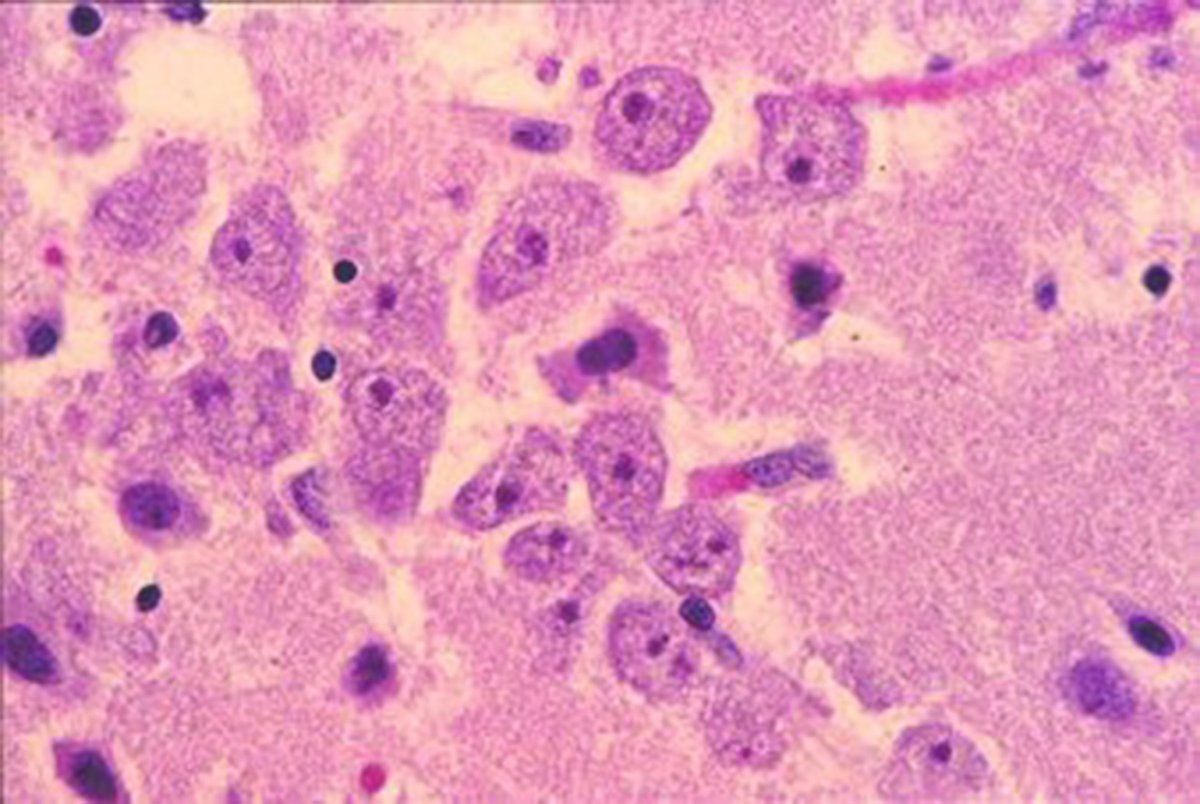After Daughter Dies From Brain-Killing Amoeba, California Mom Wants 'Amoeba Awareness'
The woman died from amoebic meningoencephalitis caused by Balamuthia amoeba.

— -- A Temecula, California, mother is raising “amoeba awareness” after her newlywed daughter died last October from brain-killing amoeba called Balamuthia.
Sybil Meister started what she’s named the “Team Koral Reef Amoeba Awareness” campaign on Facebook after losing her daughter Koral Reef Meister-Pier to amoebic meningoencephalitis, a brain infection, she told ABC News today.
“My daughter was someone who had a contagious laugh, who was so generous and always cooked for everyone,” Meister said. “And now she’s gone. It’s been less than six months since my daughter died, and her family, friends and I want to raise awareness about these deadly amoebas.”
But despite what they see as good intentions, doctors said they’re worried about unnecessary public paranoia, considering that amoebic brain infections are very rare.
Meister said her daughter Koral began experiencing symptoms in the fall of 2013.
“She started complaining about headaches, stiff neck nausea, blurry vision, vomiting sensitivity to heat and light,” Meister said. “Koral also started having personality changes and mood swings.”
Koral, who was known to be a happy, energetic and healthy gal became lethargic, emotional and unwilling to work, Meister added.
Despite her worsening state, Koral tried to hide what was wrong because she was scared of going to the doctors, her mother said.
“By June 2014, we had to take her to the ER,” Meister said. “Her headaches and sensitivity to light were so bad that her husband had to constantly keep her in a dark room, and she started having twitching on the left-side of her body.”

Doctors thought Koral was just suffering from birth control withdrawal since she had just got off her pills recently, and she was discharged, Meister said.
Koral kept suffering from the same symptoms, but she kept cancelling appointments her mom made for her because she didn’t want anyone to worry and thought she could fix it herself, Meister said.
“But on September 29, we had to take her back to the ER, and she never came out,” Meister said. “Her vision got so bad she would almost be completely blind at times, and her twitching just got worse.”
Doctors discovered a huge mass in her brain, inflammation and dead tissue, which they eventually figured out was being caused by Balamuthia ameba, Dr. Navaz Karanjia, who treated Koral, told ABC News today. Karanjia directs neurocritical care and the neuro-intensive-care-unit at University of California San Diego’s Health System.
Based on Koral’s symptoms and history, Karanjia said she believed Koral contracted the amoeba about a year ago in 2013.
Meister believes Koral contracted the Balamuthia ameba when they vacationed as a family at Lake Havasu in Arizona. However, Karanjia believes this isn’t the case.

“I think it’s dangerous to put a name and place to blame for an infection when you aren’t sure,” Karanjia said. “It’s easy to sensationalize the story, but this particular amoeba has almost always been contracted through inhalation of dust. It’s possible she got it through water, but it’s highly unlikely.”
Karanjia added that amoeba brain infections are rare, though they can be highly fatal. And because Balamuthia ameba are primarily found in soil and dust, doctors and the U.S. Centers for Disease Control and Prevention do not currently believe there’s much that can be done in terms of prevention, Karanjia said.
“There is about a 13 percent chance of survival,” Karanjia said. “However, there have only been 94 cases reported to the CDC [since 1974], and there were only six cases last year.”
“We don’t want people to stress trying to avoid something so ubiquitous,” Karanjia said. “And these free-living amoebic infections are definitely not at the level of an epidemic.”

This is a different variety of amoeba than Naegleria fowleri -- the one that Louisiana officials found in a local water supply last summer. Balamuthia causes more chronic symptoms while Naegleria fowleri tends to be acute and kills much quicker, doctors said.
The best bet for treating Balamuthia ameba brain infections is early detection, Karanjia said, adding that you’re more likely to develop a brain infection from bacteria or viruses.
“If you’re experiencing constant headaches, lethargy, nausea and these early general signs, it’s best to go to your doctor right away, so you can figure out what the cause of the problem is,” she said.
Still, Koral’s mom said she hopes more people will take amoeba and their killing potential more seriously.
“People think it’s just this cute little fish-like creature that can bite you,” she said. “But it’s not like that. It can kill you.”